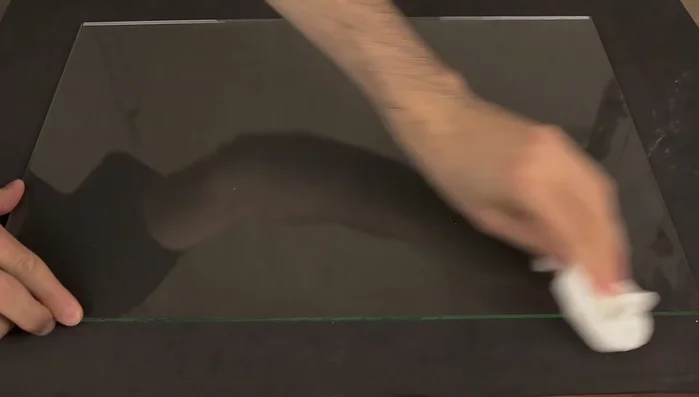The allure of a European-style aquarium, with its minimalist elegance and focus on showcasing the natural beauty of aquatic life, is undeniable. Imagine a serene underwater landscape, meticulously designed, where every element contributes to a harmonious and visually captivating whole – a testament to both artistry and careful planning. This isn’t the realm of expensive, professionally installed tanks; achieving this sophisticated aesthetic is entirely within reach of the dedicated DIY enthusiast. Forget sterile, brightly-lit setups; we’re exploring a different approach.
This guide provides a comprehensive, step-by-step approach to constructing your own stunning, European-style Asterion aquarium. We’ll cover everything from selecting the right tank and substrate to planting carefully chosen aquatic vegetation and carefully introducing your chosen fish. Get ready to transform a simple glass box into a breathtaking underwater masterpiece, following the detailed instructions provided below.
Preparation and Safety Guidelines
- 4mm glass panels
- 3mm ventilation mesh
- 5mm base glass
- curved glass profile
- PVC rails
- metal ruler
- measuring tape
- knife
- stainless steel mesh
- 180 & 400 grit sandpaper
- silicone sealant
- masking tape
- acetone
- scraper
- shear
- finishing tool
- two liter water bottle
- 10x10cm PVC profile
- screws
- door buttons
- Always ensure your aquarium is securely placed on a stable, level surface capable of supporting its weight when filled with water. Avoid placing it near heat sources or direct sunlight.
- Never use tap water directly in your aquarium. Use dechlorinated water (e.g., aged tap water or bottled spring water) to avoid harming your fish. Always test your water parameters before adding fish.
- Thoroughly research the specific needs of any fish or plant species you intend to keep before purchasing them. Incorrect water conditions, temperature, or tank mates can be fatal.
Step-by-Step Instructions
Preparation and Cleaning
- Clean all glass elements with acetone and paper towels to remove dust and grease. Use masking tape to prevent silicone overflow.

Preparation and Cleaning Dry Assembly and Problem Solving
- Trial assemble to spot potential problems.

Dry Assembly and Problem Solving Bonding the Main Structure
- Apply silicone sealant and bond the back and front panels, then the sides. Use weights to hold pieces in place while the silicone dries.

Bonding the Main Structure Constructing the Upper Ventilation Grid
- Prepare and attach the ventilation grid.

Constructing the Upper Ventilation Grid Constructing the Lower Ventilation Grid
- Prepare and attach the lower ventilation grid.

Constructing the Lower Ventilation Grid Attaching Rails and Finishing Edges
- Smooth edges with 400 grit sandpaper and attach the lower and upper rails.

Attaching Rails and Finishing Edges Installing the Door
- Prepare and attach the door.

Installing the Door Final Cleaning
- Clean the finished aquarium.

Final Cleaning
Read more: DIY: Create Custom Canister Labels with Silhouette Cameo
Tips
- Use masking tape to avoid silicone overflow.
- Think upstream about which surfaces will receive silicone.
- Use weights to maintain pressure while silicone dries.
- Pre-drill holes for screws to prevent glass cracking.
- Use a scraper with a new blade to remove excess silicone.







